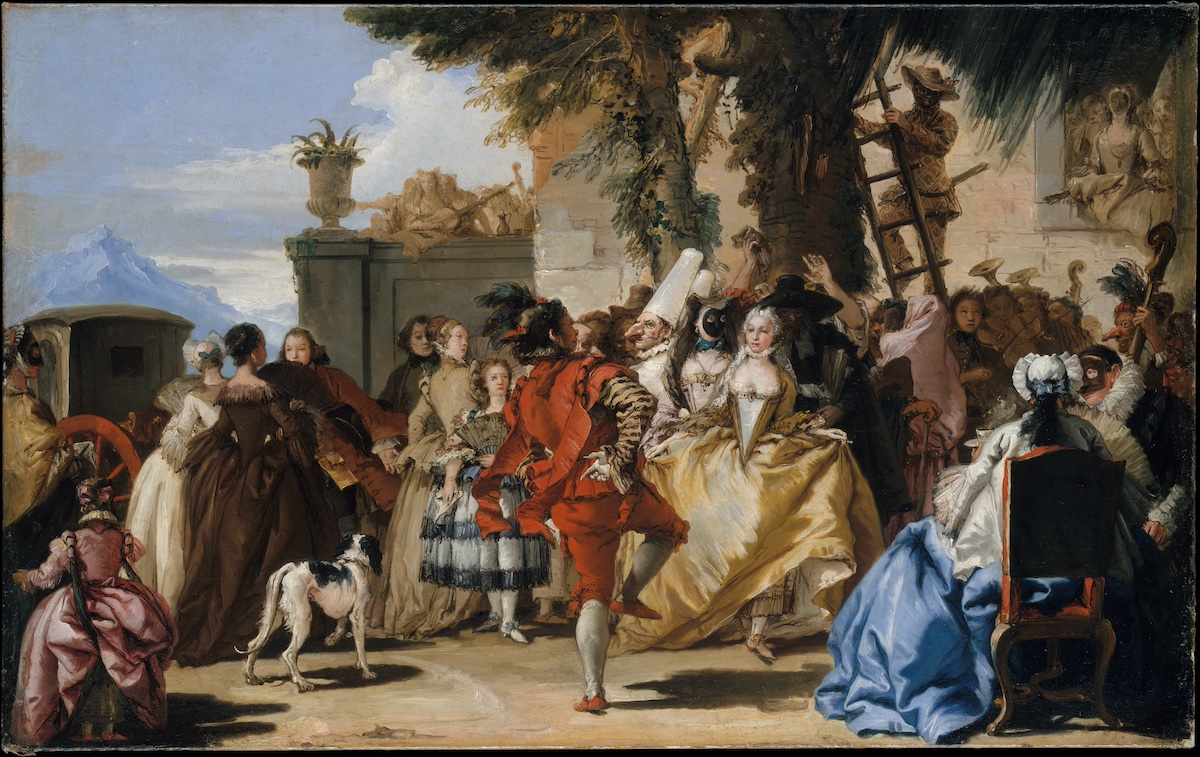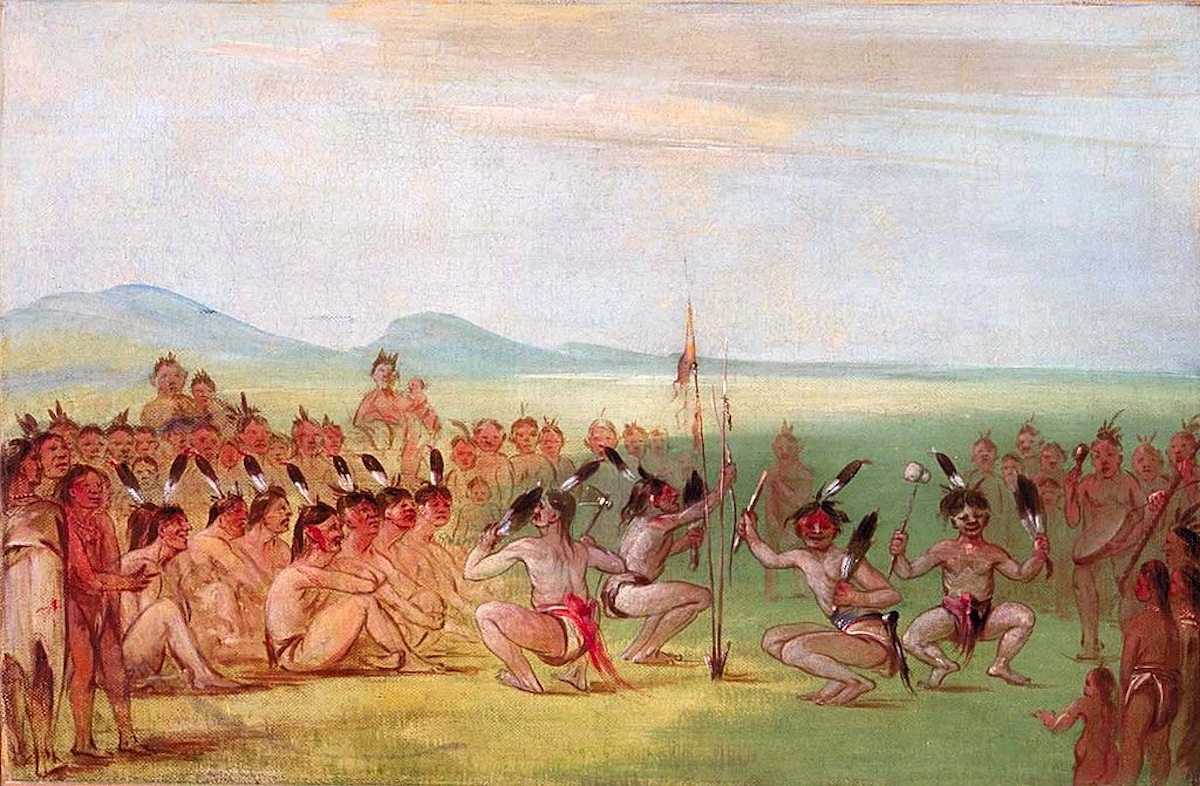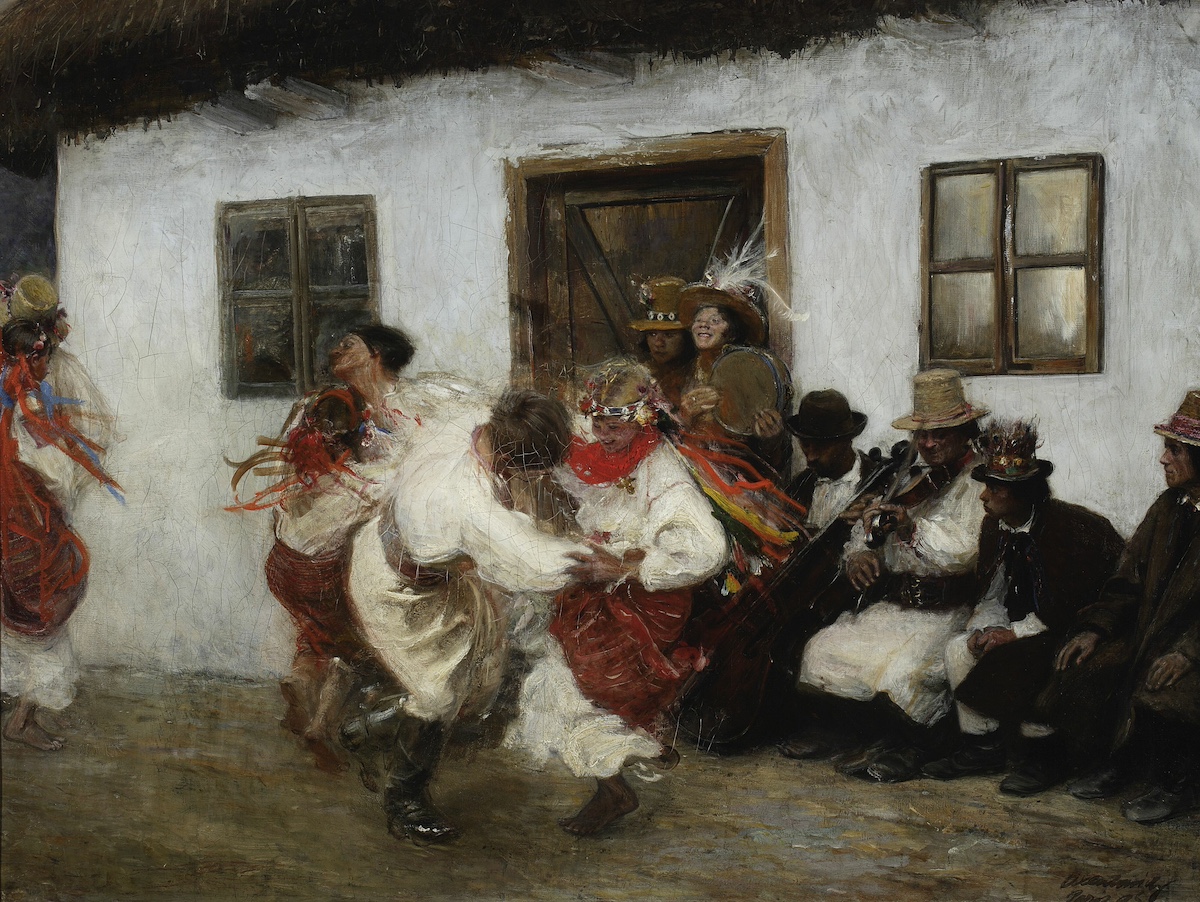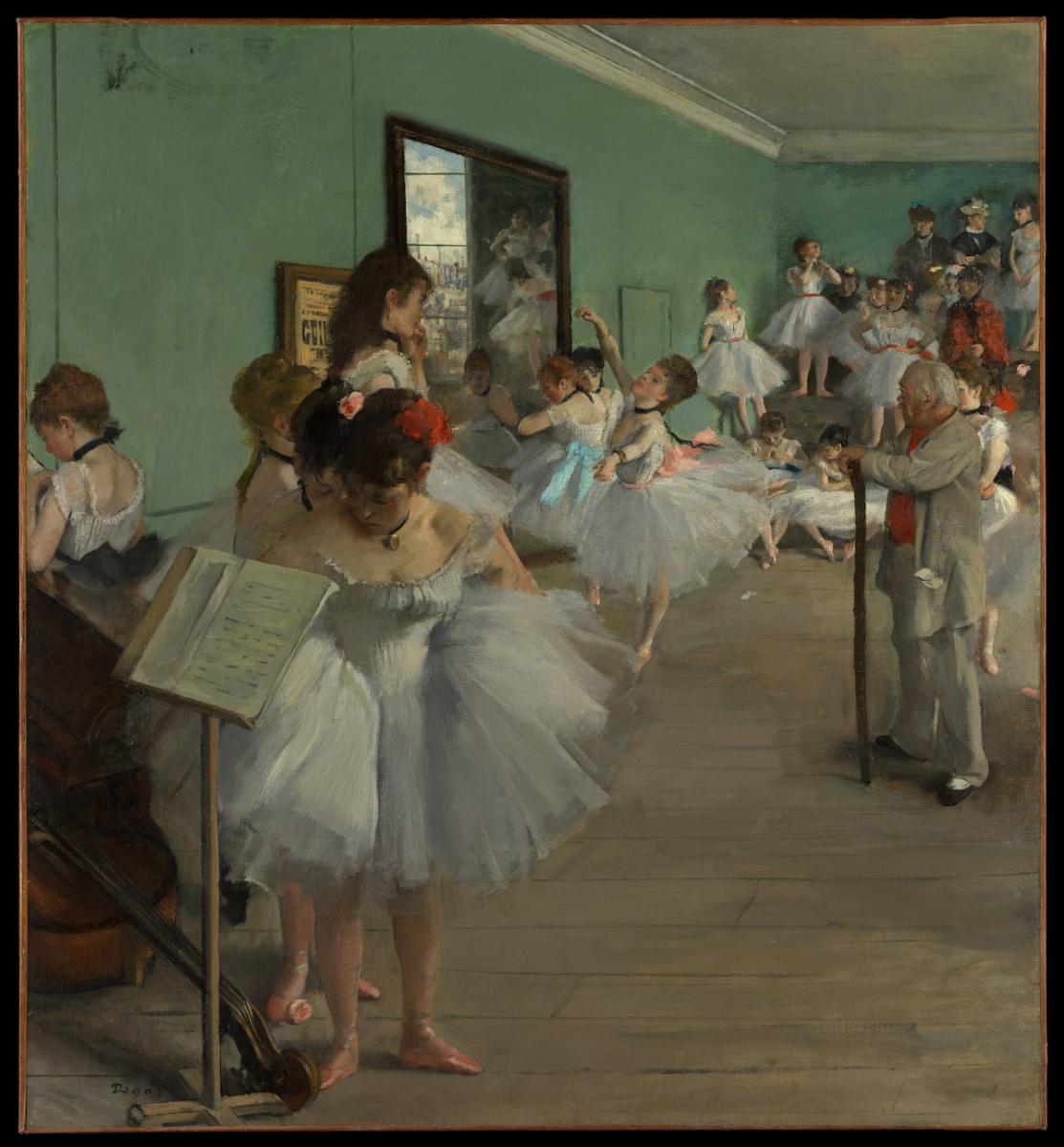This wonderful Cornish workshop and museum is dedicated to the legacy of studio pottery trailblazer Bernard Leach
5 artworks to mark Mental Health Awareness Week
5 artworks to mark Mental Health Awareness Week
13 May 2024
The importance of exercise as a protector of not just physical but mental health has become a mainstream notion. With that in mind, here are five great artworks that celebrate the joys of dance – surely one of the best forms of exercise known to humankind
From television ads to books, podcasts and online gurus, we are reminded of how our sense of wellbeing can be shifted simply by, well, shifting ourselves around a bit.
This year’s Mental Health Awareness Week (13–19 May) builds on this idea with its theme of ‘Movement: moving more for our mental health’.
In the art world – particularly with those still-image mediums that, by definition, can’t contain actual movement – a sense of motion is often synonymous with joy and happiness. Flourishes that give a feeling of action imbue paintings and other works with a spirit of optimism, love or togetherness. Here, we present just five of our favourites that represent a literal art movement.
Masked movers
 A Dance in the Country by Giovanni Domenico Tiepolo (1727–1804), c.1755. Image: The Met, Gift of Mr and Mrs Charles Wrightsman, 1980
A Dance in the Country by Giovanni Domenico Tiepolo (1727–1804), c.1755. Image: The Met, Gift of Mr and Mrs Charles Wrightsman, 1980
Here’s a work to banish the blues. Italian artist Giovanni Domenico Tiepolo had ink in his blood – his father, Giovanni Battista Tiepolo, was a Rococo painter and printmaker, while brother Lorenzo was an overshadowed, but still talented, frescoist. Born in Venice, Tiepolo had become his father’s chief assistant by the age of 13, and at 20 was taking on his own projects.
His entire collection, and specifically those that he came to after his father’s death, have a trademark joy and movement. Such is the case with this piece, currently on view at New York’s Metropolitan Museum of Art, which showcases the character of Mezzetin dancing with verve to a crowd in traditional Italian comedy costume.
Take to the floor
 The Wedding Dance in a Barn by Pieter Brueghel the Younger (1564–1637/38), c.1616. Image: Private Collection
The Wedding Dance in a Barn by Pieter Brueghel the Younger (1564–1637/38), c.1616. Image: Private Collection
Another son of a famous artistic family, Pieter Brueghel the Younger was an absolute machine, producing upwards of 1,400 pictures from his studio over an illustrious career. This traditional wedding dance is one of many that reveal elements of the everyday life of Belgian villagers. Like all Brueghel works this scene is rammed with detail; couples clinch and you can almost hear the music, banter and stomp of the dancers’ feet.
Sadly for this Brueghel, he was largely overlooked in favour of his father, and indeed was a copyist of his father’s creations as much as he was an original artist. It wasn’t until the 20th century that art historians started to really pay attention to his own individual contributions, and even today a good deal of the focus is on those paintings he copied, of which the originals no longer exist.
Steps on the plains
 Eagle Dance, Choctaw by George Catlin (1796–1872), 1835–37. Image: The Smithsonian American Art Museum, Gift of Mrs Joseph Harrison, Jr, 1985.66.449
Eagle Dance, Choctaw by George Catlin (1796–1872), 1835–37. Image: The Smithsonian American Art Museum, Gift of Mrs Joseph Harrison, Jr, 1985.66.449
Life on the American frontier was the bread and butter of artist George Catlin, who was born in Pennsylvania and lived alongside trappers, explorers and settlers in a pre-Wild West age.
Throughout his life he spent much time with Native American tribes, including the Pawnee, Assiniboine and Cheyenne. During his travels he produced hundreds of paintings of the people he met and would share his learnings and recollections whenever he returned to the major cities.
This painting of what he describes as ‘a very pretty scene’ was based on sketches he had made in what is now Oklahoma. It shows a muscular ceremonial dance to the sound of drums, all in honour of the eagle. We can only surmise from the faces of the dancers – and much of the audience – that a true sense of elation came with these moves.
Swirls of joy
 Ukrainian folk dance by Teodor Axentowicz (1859–1938), 1895. Image: MP359, National Museum in Warsaw
Ukrainian folk dance by Teodor Axentowicz (1859–1938), 1895. Image: MP359, National Museum in Warsaw
Of all the pieces so far, this is the one that simply fizzes and pops with the swinging movement of dance. A creation of Teodor Axentowicz, a Polish-Armenian artist who began as a copyist before becoming a painter and professor of art, it’s a truly joyful view of a local celebration.
Axentowicz is perhaps best known for his representations of life within the Hutsul community – an ethnic group from parts of western Ukraine and Romania. His work was so loved, and so well received critically, that he is a staple of almost every Polish public art gallery and collection, and he is still celebrated by his former workplace, the Academy of Fine Arts in Kraków.
Pirouettes and tulle
 The Dance Class by Edgar Degas (1834–1917), 1874. Image: The Met Collection, Bequest of Mrs Harry Payne Bingham, 1986
The Dance Class by Edgar Degas (1834–1917), 1874. Image: The Met Collection, Bequest of Mrs Harry Payne Bingham, 1986
French Impressionist Edgar Degas – although, to be clear, anti-Impressionist in his view of fellow artists, and a realist by self-definition – was often drawn to dance scenes, given his talent for representing movement within a singular image. Having been first inspired by history paintings, his later move into then contemporary imagery gave his work a classical flourish.
This painting is perhaps his most advanced view of dance. A frame crammed with figures, including ballerinas, dance master and onlookers, makes for an energetic scene, with the eye being drawn to several elements happening at once. The setting is a buzzy, fictionalised rehearsal room in the Paris Opéra, which had recently burned to the ground. Centre stage is a dancer performing under the tutor’s exacting eye, arms aloft and tulle skirt swirling.
Find out more
For more inspiring arts activities see The Arts Society Magazine, available exclusively to members and supporters of The Arts Society (to join, see theartssociety.org/member-benefits). And for more online, sign up at theartssociety.org/signup
JOIN OUR MAILING LIST
Become an instant expert!
Find out more about the arts by becoming a Supporter of The Arts Society.
For just £20 a year you will receive invitations to exclusive member events and courses, special offers and concessions, our regular newsletter and our beautiful arts magazine, full of news, views, events and artist profiles.
FIND YOUR NEAREST SOCIETY
MORE FEATURES
Ever wanted to write a crime novel? As Britain’s annual crime writing festival opens, we uncover some top leads
It’s just 10 days until the Summer Olympic Games open in Paris. To mark the moment, Simon Inglis reveals how art and design play a key part in this, the world’s most spectacular multi-sport competition



